The Salomon/Atomic Shift binding is one of the best touring binding, but it can be fiddly. Anything from a minor adjustment issue to snow on the boot can cause pre-releases. Here's how to get the most out of the Shift Bindings & to how to fix some common issues/problems of this ski touring binding.
[Editors' Note: This content originally appeared as part of this article comparing the Shift Binding to the Fritschi Tecton. It has been re-published here for ease of discovery.]
_
AFD won't adjust upwards
The Shift's AFD adjustment screw usually is shipped in-box in the lowest setting. You'll turn it to adjust the AFD upward. If you find it hard to do so you might be wedged under the black toe block and not up and flush against the wings. What you may have to do is then insert a boot into the toe. Then use a flathead screwdriver (or whatever you have handy) to raise the boot toe and only then turn the AFD adjustment screw to raise the AFD to the desired position.
_
AFD migrates
Adjusting the AFD to the desired position and having it stay there seems to be a major issue for many people and the reason for many pre-releases. The reason for this is not user mechanical ineptitude but the fact that the AFD screw is not an infinite adjustment but instead, a stepped adjuster where dialling the AFD adjustment screw moves the AFD up and down in increments.
MnO has some useful hints on how you can adjust the AFD to have it stay in place:
1. Understand that you are not dealing with a step-less, smooth setting action, but a step-by-step slider that climbs or goes down one step at the time
2. Crank the AFD up to one position above what you need
3. Adjust the AFD down slowly, while putting a bit of pressure on the toe. The AFD will then suddenly click down to the position you need
4. Tighten the screw about 1/4 of a turn. Not enough to lift it up a click, but to tighten it so that the edge really sits safely on the right level.
Note also that some users (I am one of them) aren't adjusting the Shift AFD to shop manual specs but overtightening approximately a 1/4 turn so the AFD barely touches the boot sole to help avoid pre-releases and the AFD migration issue. This isn't a Salomon/Atomic recommendation so do what you have to do.
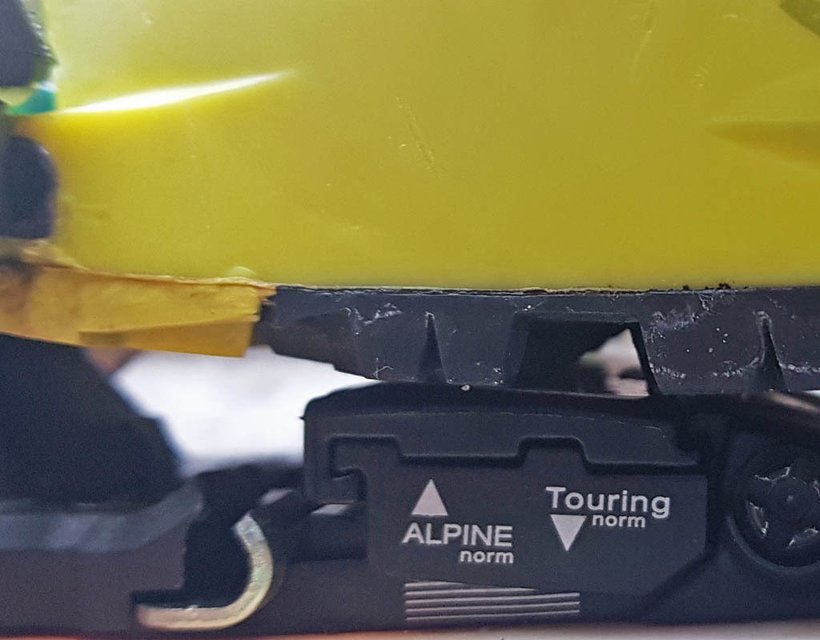
There should be the tiniest of gaps between AFD and the bootsole. I'm living dangerously and have the AFD barely touching the bootsole
_
Forward pressure is very finicky
Setting up Shift forward pressure to correct spec is crucial. If you have snow on your toe and step in you'll likely pre-release. Have your set-up off by less than a cm and you'll likely pre-release. The shop manual could be a bit more clear in this regard as it shows that the silver piece should be flush with the back of the Shift heel-piece housing (picture below).
Instead look closely at the housing where there are two arrows. According to the shop manual line up the raised rectangle on the silver piece with the arrows of the housing.
This is probably 1-2mm difference than being flush with the housing.
Some shops that prefer to be anonymous are even recommending lining up the edge of the silver piece with the arrows on the housing. This is slightly tighter than the flush with the back edge of the housing; perhaps 2-3mm more pressure.

From pg 25 of the Salomon shop manual
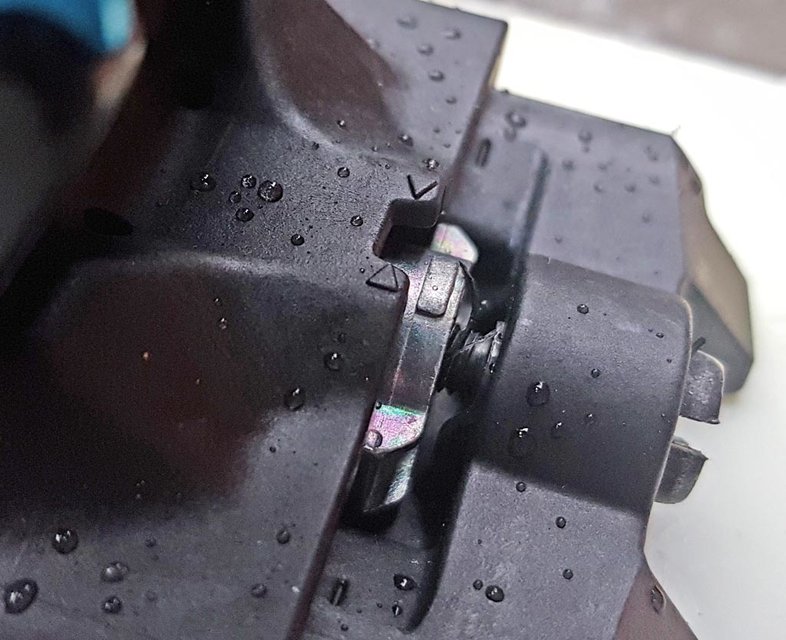
Back of the Shift heel housing before the boot is inserted - note the two arrows. Also note the raised rectangle
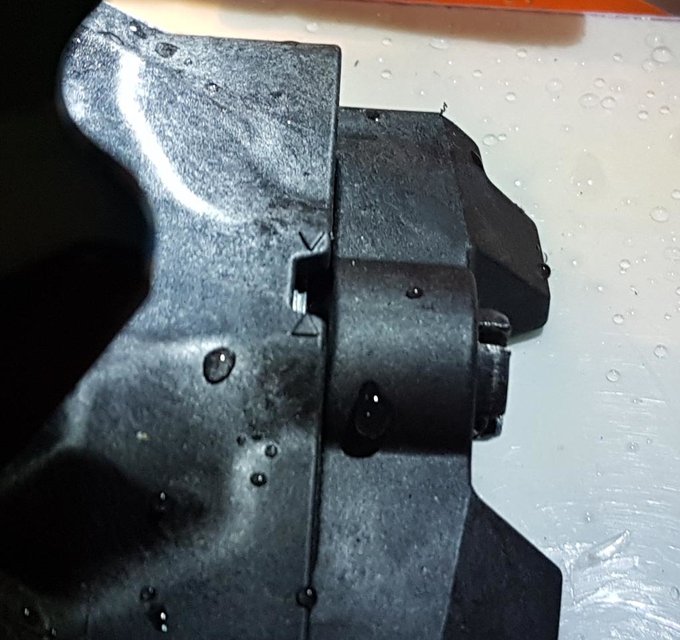
Shift adjusted with the silver piece lined up with the two arrows ever so slightly tighter than if the silver piece was flush with the housing
_
Toe lever is stiff
In touring mode you have to lock out the Shift toe so the binding stays in your tech boot's pin-holes. The toe lock is initially really stiff. Don't be afraid to get aggressive as there's one lock detent then another further lock detent . The mechanism works in over time so it's less stiff.
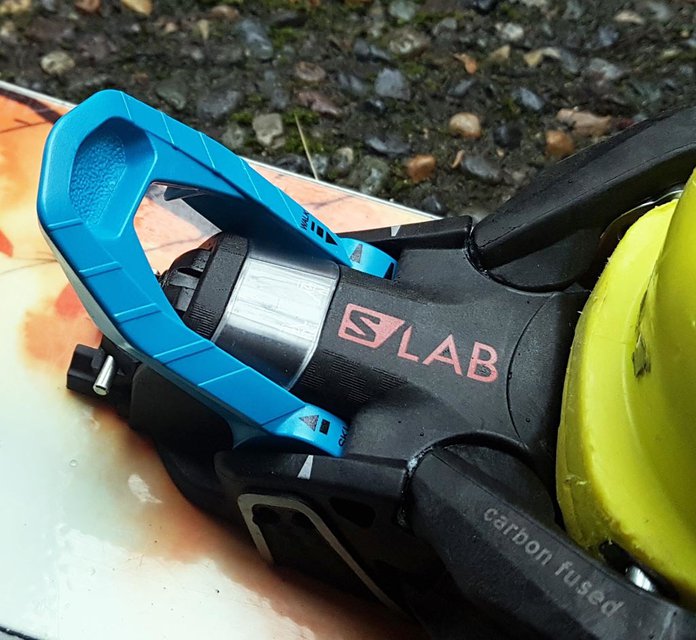
First toe lever lock. It'll stay in but not if you're aggressively kicking steps or kick-turning
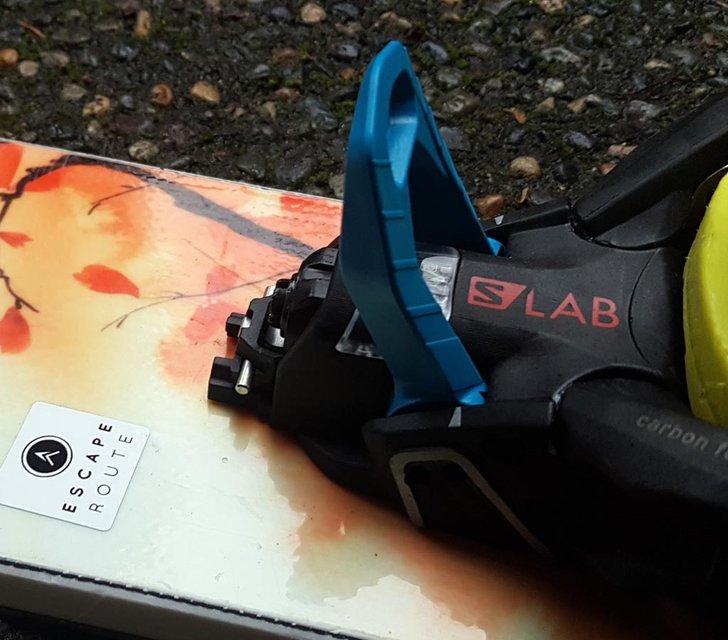
The toe lever has to be completely vertical to be fully locked out.
_
Brakes have two settings
Shift brakes pop into place on a cammed mechanism once the walk mode lever is slipped over. There is also a latch so if you only set the first stage by engaging the cam then the brakes can pop from stowed-away tour mode and deploy into ski mode.
First of all; clear the snow off the brake mech by whacking it with your ski pole or your hand. Then flip the walk mode lever, raise brakes into tour mode and then grab and lift the brakes with your fingers while pushing the lever down hard with your thumbs until you hear a louder click. Then you'll know the brakes are locked into tour mode. Or you can give the ski some good hard stomps once you're in tour mode to set the latch.
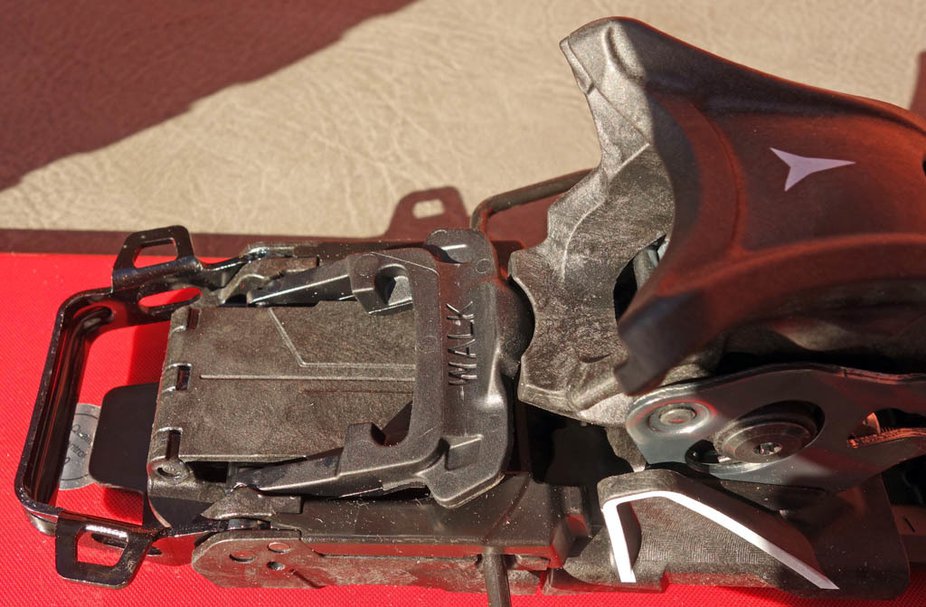
The Shift brake and walk/tour mechanism. Like anything with crevices, it can and will get gummed with snow and ice
_
Pre-release
This isn't so much a Shift issue. It's a user (un)realistic expectation issue. It seems to come from users who feel - "I can ski all these things in my Look Pivot yet I blow out of my Shifts". Newsflash - the Shift skis like a STH. This means that the Shift will ski as well as an above-average performing binding.
When Salomon/Atomic's marketing puffery says that Shift has "retention like an alpine bindning" it means just that. There's a wide spectrum of performance within the "alpine binding" with good and bad options. On the high end you have Pivots that have massive bags of elasticity while on the other you have the older Markers which pre-release as soon as you looked at them
So if you believe that the Shift should have the elasticity and retention of the very best or highest end alpine binding and you want to ski it very aggressively then you may be disappointed. What they are is acceptable for many skiers in terms of retention but in the end, they are still a better than average binding in terms of retention. Coming back to what is the best binding for the type of skier who is large and/or very aggressive, look for systems like CAST or just accept that touring bindings may not be for you.

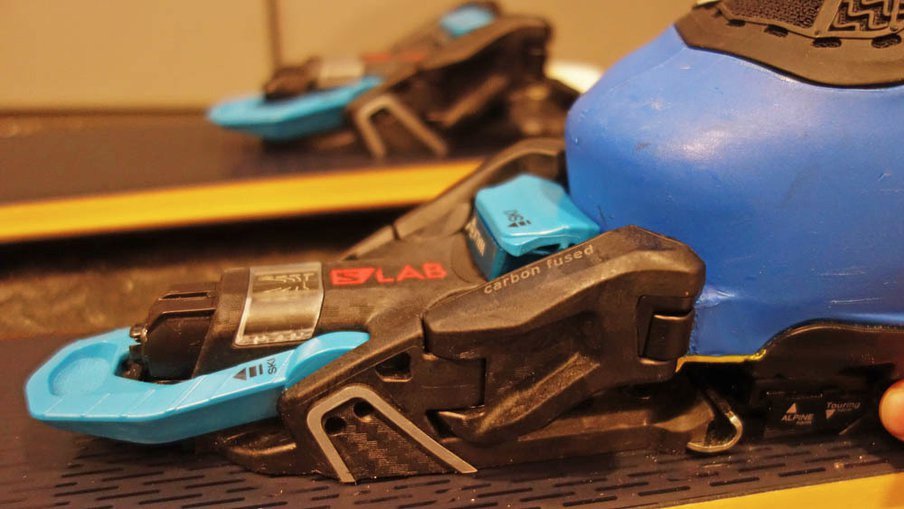
Comments